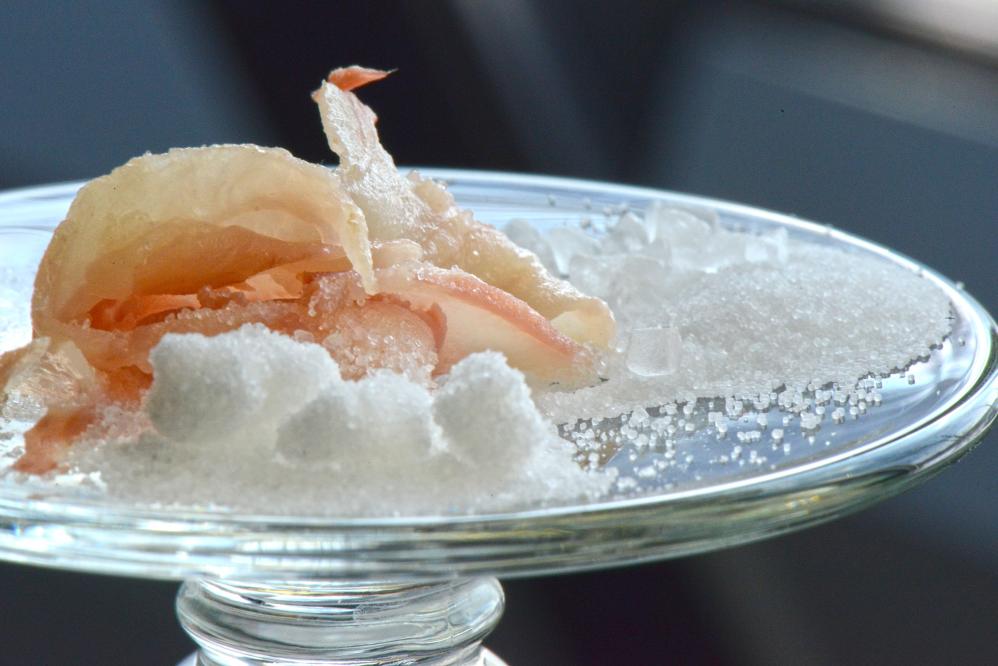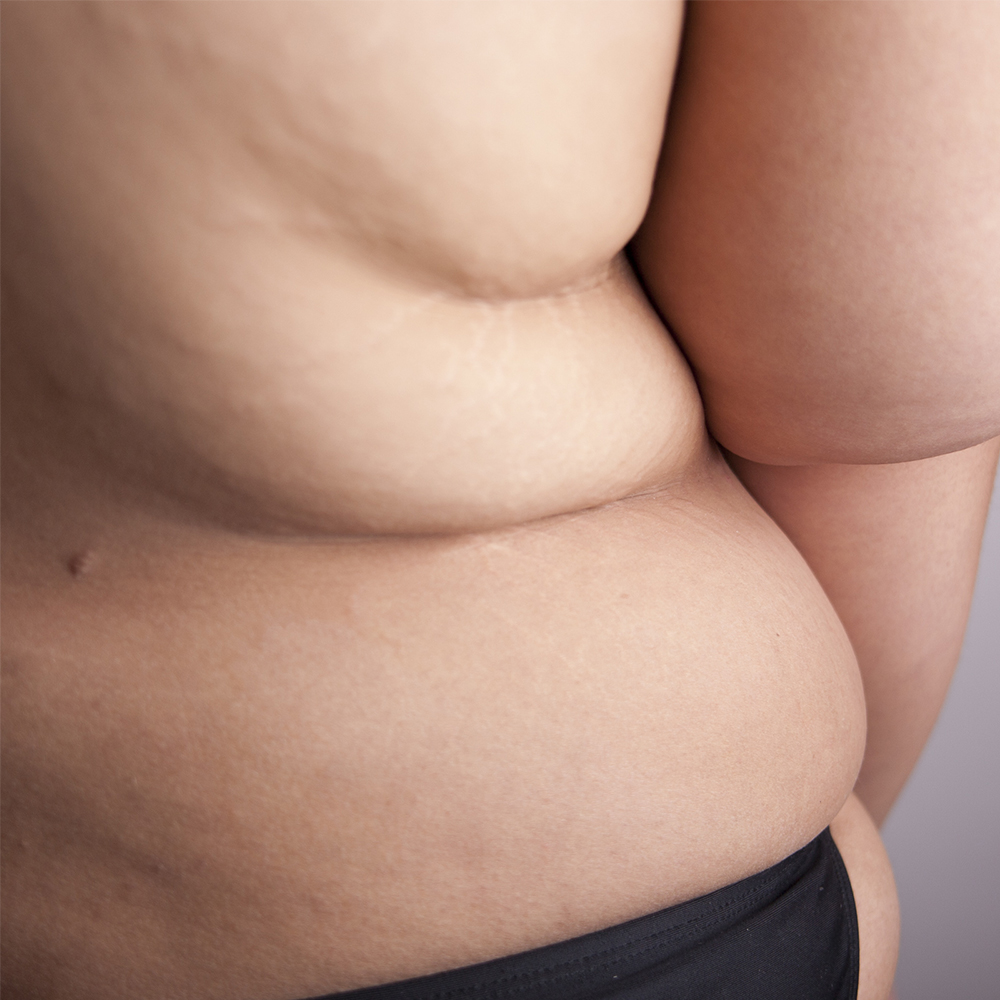Obesity, Bariatrics and the Microbiome
The human microbiome comprises all the microorganisms living on and in the human body. Though the significance of microbes as mediators of health and disease has long been established, recent advances in genetic sequencing are providing new insights into the function and composition of what is now recognized as an additional human organ.
The Microbiome

Studying the Obese Microbiome
Sampling the human gut microbiota presents a significant challenge to microbiome researchers. Feces has a high microbial content (an estimated 60% by weight), and is relatively easy to sample, but is not necessarily representative of the gut environment. Biopsies offer greater accuracy but are costly and invasive. Whilst the distal gut has a greater concentration of microbes, uptake of nutrients occurs predominantly in the small intestine, from which it is hard to extract an uncontaminated sample, except in cases where the subject has an existing ileostomy. Microbiome research therefore frequently makes use of germ-free or gnotobiotic animals. That is, animals raised in a sterile environment to be completely microbe-free. Rodents in particular are often chosen due to the similarities between murine and human microbiota.
The first studies to suggest a link between obesity and the microbiome involved germ-free mice. These animals were observed to have significantly less body fat than conventionally raised mice fed the same diet, and were also found to be less susceptible to dietary induced obesity and insulin resistance, remaining leaner than their conventional counterparts even when fed diets containing more calories, more fat, or more sugar. In animals without a microbiome, much of the energy they consume is excreted as waste, whilst those with a microbiome excrete less energy in their feces and exhibit higher serum levels of glucose and short chain fatty acids (SCFAs—microbial metabolites produced by fermentation of dietary fiber; associated with intestinal health).
In subsequent experiments, germ-free mice were transplanted with gut microbiota from lean and obese mice. After two weeks, the animals in receipt of the obese mouse microbiota showed increased body fat and were found to extract more energy from food than those given the lean mouse microbiota, despite equivalent diets.
Researchers also recruited several pairs of human twins, each comprising an obese and healthy-weight twin, and transplanted their microbiota into germ-free mice. Mice given the obese twin’s microbiota gained more weight than those inoculated with the lean twin’s microbiota, on the same diet. Mice are coprophagic: They eat each other’s droppings, thereby ingesting a proportion of each other’s gut microbes. When the two groups of mice were co-housed, bacteria from the lean twin became dominant in both groups, reversing the apparent obesigenic effects of inoculation with the obese twin’s microbiota.
Results from these and other animal studies tend to be stable, whilst human studies show far greater outcome variation. This may be because it is more difficult to control factors such as meal composition, timing and frequency in humans. Nevertheless, that the human microbiome plays a part in the pathogenesis of obesity is now widely accepted, with possible mechanisms including increased dietary energy harvest, bacterial lipopolysaccharide-induced chronic inflammation and insulin resistance, and modulation of gut-derived peptides to influence appetite and energy homeostasis.
Gut Microbiota Composition
The idea of taking a probiotic supplement to reverse obesity may be appealing, but our current understanding of the microbial species linked to obesity is not yet sufficient to enable large scale therapeutic manipulation of the gut microbiota.
An archetypal healthy human gut microbiota has not been defined and whilst gut microbiota remain largely equivalent in terms of function, significant variation in composition has been observed between healthy individuals. However, most studies have found the gut microbiota to be composed primarily of bacteria from either phylum Bacteroidetes (mostly Bacteroides or Prevotella species) or phylum Firmicutes (mostly Clostridium and Lactobacillus species).
An elevated ratio of Firmicutes to Bacteroidetes has been observed in both animal and human obese subjects, which falls with weight loss independently of changes in dietary composition. Additionally, germ-free mice inoculated with a human microbiota become populated with elevated numbers of Firmicutes within hours of switching to a diet high in sugar and fat, resulting in an increased ability to extract energy from food. Significantly, these changes in microbial composition and function are reversed on restoration of the previous diet.
The archaeon (a classification of single-celled microbe similar to bacteria) Methanobrevibacter smithii is also thought to be significant. Studies of mice colonized with M. smithii found that they were better able to convert fructans (a form of plant sugar) to short-chain fatty acids, thereby increasing energy intake and weight gain. Studies conducted in rats have reported the level and extent of M. smithii colonization within the gut to be predictive of weight gain, with a high-fat diet linked to increased numbers of M. smithii but not of total gut bacteria.
Bacterial overgrowth within the small intestine is more prevalent in morbidly obese individuals than in those of a healthy weight, and obesity may disrupt the microbiome throughout the body. For instance, in a study of oral bacteria the prevotellas group of Bacteroidetes was found to be more abundant in overweight individuals, and the Firmicute Selenomonas was found only in obese individuals.
The Post-Bariatric Microbiome
The post-bariatric microbiome is simultaneously exposed to changes in diet, nutrient levels, body weight, hormones, bile production, and other alterations, making it difficult to establish a precise causal pathway for surgically initiated shifts in gut microbiota composition. Most research in this area has focused on the Roux-en-Y gastric bypass (RYGB) procedure: RYGB is associated with a reduction in diabetes that occurs too rapidly to be entirely attributable to weight loss. The gut microbiota is one of several possible biochemical mediators of this effect.
The post-bariatric microbiome displays a marked decrease in Firmicutes in line with weight loss, as might be expected based on similar findings in subjects during dietary induced weight loss. Several animal and human studies have also reported a large increase in phylum Proteobacteria in the distal gut. The significance of this finding has yet to be established, but there is some evidence of an association with insulin sensitivity: Mice with dietary-induced obesity and insulin resistance that were orally administered with the antibiotics ampicillin, neomycin, and metronidazole subsequently displayed a significant overgrowth of Proteobacteria concomitantly with improved insulin sensitivity.
A series of experiments involving mice produced several other noteworthy results: Firstly, RYGB surgery induced marked, rapid, progressive changes to the composition of the gut microbiota, occurring as early as one week postoperatively and continuing for up to five weeks before achieving stability. Secondly, the gut microbiota of post-RYGB mice remained similar regardless of whether they received a normal or high-fat diet, suggesting that surgery has a greater impact than diet on gut microbial composition. Thirdly, when germ-free mice were transplanted with the gut microbiota of post-RYGB mice, they lost weight and body fat, whilst germ-free mice inoculated with microbiota from mice that had undergone sham surgery gained body fat on the same diet.
Probiotics
Ordinarily, the acidity of the stomach kills a large proportion of ingested microbes. Following Bariatric procedures such as RYGB in which all or part of the stomach is excluded from the digestive tract, a greater number of microbes can survive to reach the intestines. Deliberate ingestion of probiotic species might therefore be expected to have a greater impact in post-bariatric subjects—a theory supported by evidence from human studies in which post-RYGB subjects given supplements containing lactobacillus probiotics (phylum Firmicutes) lost more weight and experienced less bacterial overgrowth than individuals given a placebo supplement.
Although these findings suggest a microbe-based intervention for obesity might one day be possible, it is unlikely that bacterial transplants or probiotic supplements alone would be sufficient to ameliorate obesity due to the complex genetic, psychosocial and environmental factors involved in its pathogenesis. The importance of an appropriate diet in promoting and sustaining beneficial bacterial colonies in the gut is clear; should therapeutic modulation of the gut microbiota be achieved, long-term adherence to a healthy diet would most likely be required for such changes to be maintained. Based on current understanding, a diet rich in fruit and vegetables can help shift the composition of the gut microbiota towards that of a healthy-weight individual by providing nourishment for probiotic species in the form of complex carbohydrates.






